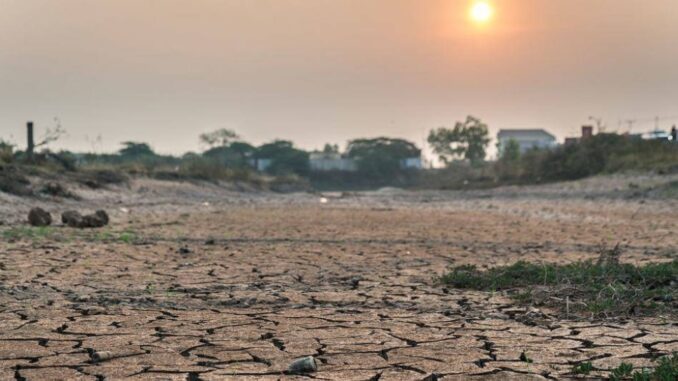
DENGUE fever continues to be a significant public health concern in the Philippines, which is experiencing recurring outbreaks. As of July 27th, the Department of Health (DoH) reported a total of 128,834 cases, which is 33 percent higher than the same period last year, when there were 97,211 cases.
Dengue is endemic in the Philippines: it is continuously present, and outbreaks are more common during the rainy season, typically lasting from June to November. Recent reports have shown a significant increase in dengue cases, alarming health officials and local government units. DoH said that certain regions, such as Western Visayas, Central Visayas, Cagayan Valley and Calabarzon (Cavite, Laguna, Batangas, Rizal and Quezon), have experienced a continuous rise in dengue numbers over the past six weeks, leading up to July 27th.
The resurgence of dengue can be attributed to various factors, including climate change, environmental conditions and challenges in public health response.
The influence of climate change is one of the most significant factors affecting dengue transmission. Temperature plays a crucial role as Aedes aegypti and Aedes albopictus, the primary mosquito species responsible for dengue transmission, thrive in warmer conditions. Higher temperatures accelerate the life cycle of these mosquitoes, leading to increased reproduction rates and a larger number of potentially infectious mosquitoes in a given area. The research titled “The effect of temperature on dengue virus transmission by Aedes mosquitoes” suggests that “the optimal temperature range for their development is 25-30 degree Celsius.”
Rainfall patterns also contribute to dengue transmission. Heavy rainfall like those in the recent Typhoon Carina creates ample breeding sites for mosquitoes as they reproduce in standing water. Conversely, dry periods can lead to a decrease in mosquito populations. However, irregular rainfall patterns caused by climate change in countries like the Philippines can result in both droughts and floods, allowing for sporadic but intense spikes in mosquito populations. Additionally, increased humidity creates a more favorable environment for mosquito survival and reproduction, further increasing the risk of dengue outbreaks.
Dengue is mainly prevalent in tropical and subtropical regions, especially in Africa, South America, South Asia, Southeast Asia and the Western Pacific region. The Intergovernmental Panel on Climate Change’s Sixth Assessment Report estimated that vector-borne diseases like dengue will likely have longer epidemic seasons and wider distribution in Asia in the future, which may jeopardize the health and welfare of 2.25 billion people due to dengue fever. By integrating climate data with epidemiological modeling, experts suggest that dengue will become more common in many regions in the future.
Challenges for public health systems
The connection between climate change and dengue presents challenges for public health systems. As the risk of dengue outbreaks increases, health care systems must be ready to treat those affected by the disease. This requires investing in health care infrastructure, surveillance systems, vector control programs and public education campaigns to teach communities about prevention strategies.
Vulnerable populations, especially in low- and middle-income countries like the Philippines, suffer the most from the relationship between climate change and dengue transmission. Limited resources, inadequate housing and lack of access to health care make them more susceptible to dengue outbreaks. Furthermore, health disparities can worsen as dengue becomes more prevalent, leading to higher health care costs, lost productivity and long-term health issues for those affected.
In the Philippines, urbanization has led to changes in land use and water management practices, creating more mosquito breeding grounds. In densely populated areas, poor waste management and sanitation exacerbate the problem. These challenges are amplified by inadequate health care infrastructure and limited access to health care in rural areas, which struggle to manage the increasing number of dengue cases effectively.
While the number of deaths recorded as of July 27, 2024 is lower compared to the same period last year, the current dengue cases highlight the urgent need for integrated public health strategies to address the disease and the underlying environmental factors. Although seasonal patterns have historically influenced dengue outbreaks, the impact of climate change is becoming increasingly evident, exacerbating the existing challenges in controlling the disease.
The government must prioritize climate adaptation strategies alongside traditional public health measures to combat dengue effectively. This includes promoting community awareness, enhancing vector control programs and investing in health care infrastructure to efficiently manage outbreaks. As the country navigates these challenges, a multidimensional approach that considers environmental changes will be crucial in safeguarding public health and reducing the burden of dengue fever in the years to come.
The author is the founder and chief strategic advisor of the Young Environmental Forum and a director of Climate Tracker Asia Inc. He completed a climate change and development course at the University of East Anglia (United Kingdom) and an executive program on sustainability leadership at Yale University (USA). You can email at [email protected].


Be the first to comment